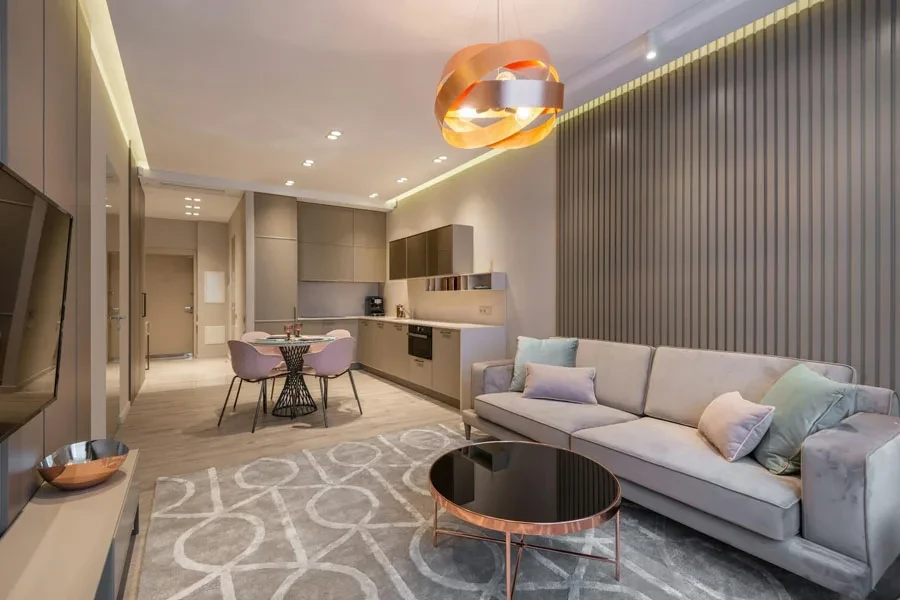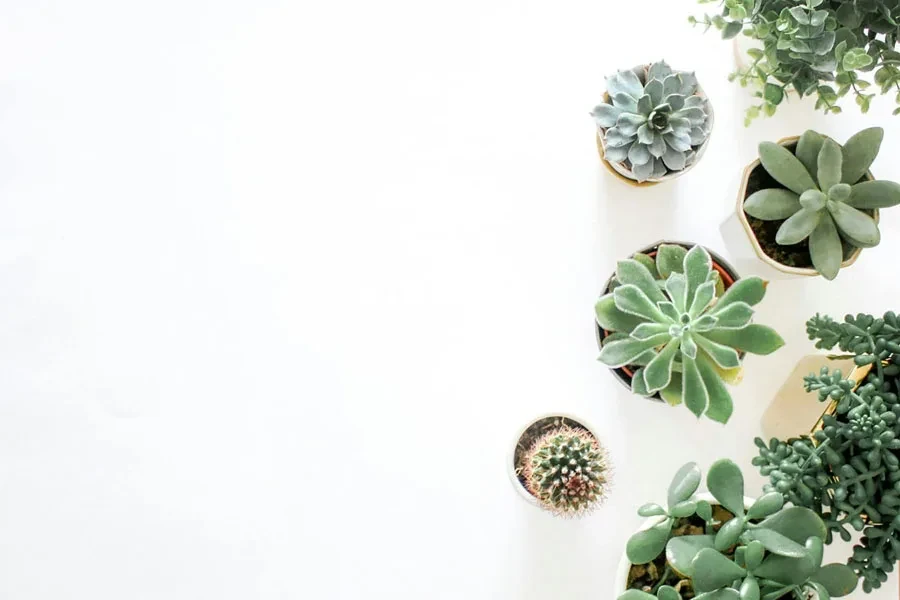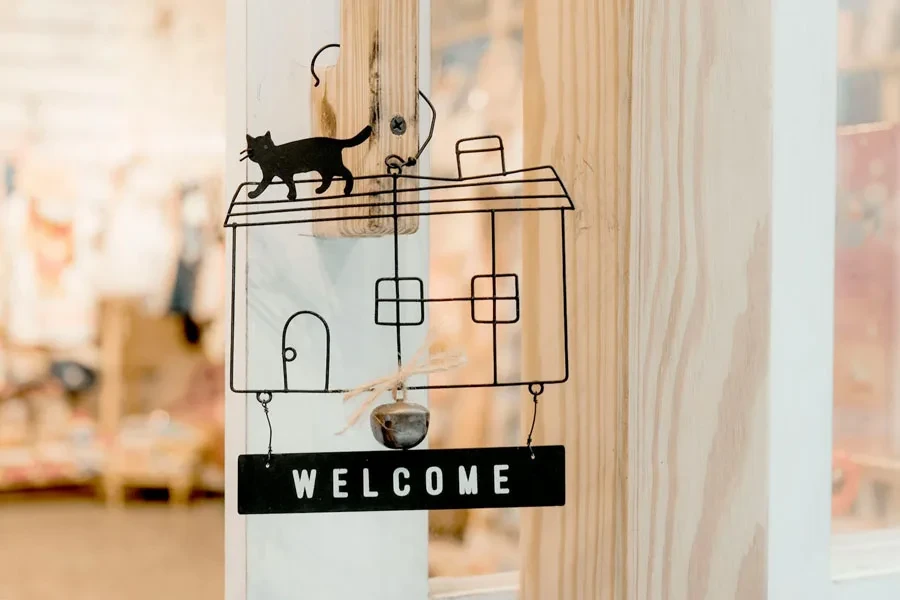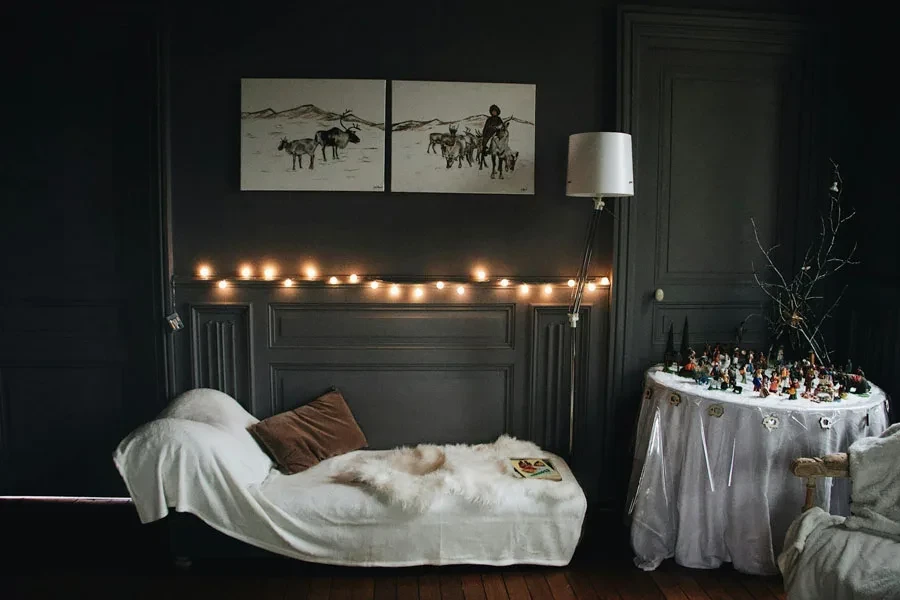Table of Contents
● Introduction
● Market overview
● Different types and their features
● Things to consider when selecting products
● Conclusion
Introduction
The home decor market is witnessing a transformative shift, characterized by a remarkable surge in demand for both aesthetic and functional items, reflecting the growing consumer appetite for spaces that embody personal taste while ensuring comfort and utility. The market’s expansion is supported by technological advancements in manufacturing and e-commerce, enhancing accessibility and customization options for consumers worldwide. For business professionals and online retailers, understanding these trends is essential for curating appealing and relevant product selections. For those navigating this complex landscape, a comprehensive guide becomes indispensable, serving not just as a roadmap to selecting premium decor pieces but also as a strategic tool in aligning with market shifts and consumer expectations. Thus, delving into the nuances of the home decor market becomes a crucial endeavor for industry stakeholders aiming to capitalize on these opportunities.
Market overview
The home decor market, as of 2022, has been valued at a significant $647.4 million, demonstrating the substantial interest and investment in creating aesthetically pleasing and functional living spaces. This sector is on a promising trajectory, with projections indicating a growth to $1.1 billion by the year 2032. This remarkable expansion, characterized by a steady annual growth rate of 4.9% from 2023 to 2032, reflects not just an increasing consumer interest but also the sector’s adaptability to evolving design trends and consumer demands. The analysis points towards a heightened enthusiasm for home customization, underpinning the market’s robustness amidst fluctuating economic landscapes.
Changing trends

A deeper dive into market segmentation reveals that floor coverings have emerged as a dominant product category, capturing a substantial market share. This trend underscores a broader consumer shift towards not only aesthetic appeal but also functionality and sustainability within their living spaces. Moreover, the market has observed a significant surge in eco-friendly products, a reflection of growing environmental awareness and consumer preference for sustainable living solutions. This shift is further buoyed by changes in disposable income, especially in emerging markets where an increase in living standards has catalyzed a more pronounced demand for home decor products. These evolving market dynamics hint at a future where consumer preferences and sustainability considerations will drive innovation and diversity in home decor offerings.
Different types and their features
The landscape of home decor is vast and varied, with each segment offering unique attributes that cater to the diverse tastes and requirements of consumers. Leading the charge in this vibrant market are furniture, home textiles, and floor coverings, each representing a significant portion of the industry’s overall composition. These segments are not just pivotal for their functional value but also for their role in defining the aesthetic essence of living spaces. Furniture, with its multifaceted designs ranging from minimalist to ornate, offers both utility and style. Home textiles, on the other hand, add layers of texture and color through rugs, curtains, and linens, transforming spaces with their tactile and visual appeal.
Living and bedroom enhancements
In living and bedroom spaces, decor trends are evolving to emphasize not only comfort and durability but also unique personal expression. Wall art, for example, has seen a shift towards mixed media pieces, where traditional canvas paintings meet modern digital elements, allowing for a dynamic visual experience that adapts with changing light throughout the day. This trend reflects a broader desire for living spaces that feel personal and engaging, rather than just aesthetically pleasing.
Similarly, accent pillows and throws are no longer mere color splashes but integrate textures and eco-friendly materials, such as organic cotton and recycled polyester, to add depth and tactile interest. These enhancements are chosen for their ability to withstand daily use without losing their form or vibrancy, showcasing a blend of sustainability, style, and practicality.
Sustainable and eco-friendly options

The rise of green decor marks a significant shift in consumer preferences, reflecting a broader societal move towards sustainability. Eco-friendly options in furniture and decorations, made from recycled materials or sustainably sourced woods, are gaining traction. This trend is not only a testament to the industry’s innovative capabilities but also aligns with the growing consumer ethos of making environmentally responsible choices.
Aesthetic lighting and decor accessories
In the domain of aesthetic lighting and décor accessories, the blend of craftsmanship and technology elevates products from mere functional items to standout pieces of art. For instance, leather wall clocks leverage sustainably sourced materials, where the precision and quality of the leather add a luxurious touch, embodying modern design principles while retaining a classic appeal. These clocks, along with statement mirrors incorporating features like LED lighting and anti-fog technology, serve not just as decor but as focal points in a space, blending utility with style.
Artisanal pieces, too, embody a commitment to sustainability and craftsmanship. They bring traditional techniques into the contemporary scene, using eco-friendly materials and innovative designs that minimize waste and energy use. From hand-blown glass vases to bespoke area rugs, these items reflect a growing consumer preference for decor that marries aesthetic appeal with environmental consciousness, making each piece a statement of personal values as much as style.
Things to consider when selecting products
Quality over quantity
In the quest for curating an ideal home environment, selecting decor products calls for a nuanced understanding of design principles, sustainability concerns, and practical functionality. A strategy that prioritizes quality over quantity is foundational, echoing the industry’s shift towards long-lasting appeal and sustainability. For instance, opting for furniture pieces constructed from solid wood like teak or oak, known for their durability and resistance to wear, provides both aesthetic richness and longevity. This approach not only elevates the home’s ambiance but also advocates for a more sustainable consumption pattern, reducing the carbon footprint associated with frequent replacements.
Aesthetic compatibility

When considering aesthetic compatibility, it’s essential to look at the broader design landscape of one’s home. For a seamless blend, integrating elements that reflect the architectural style or era of a home can create a cohesive look. For example, mid-century modern furniture, characterized by clean lines and organic curves, complements homes with large windows and open floor plans, enhancing the spatial harmony. The strategic use of color palettes and materials can also bridge disparate elements, ensuring that new additions like artisanal glass vases or hand-woven textiles from global markets align with your home’s established aesthetic.
Finding the balance between boldness and subtlety
The interplay between statement pieces and minimalist design philosophies offers a dynamic canvas for personal expression. A bold statement piece, such as a sculptural pendant light or an oversized abstract painting, can anchor a room, drawing attention and setting the tone. Meanwhile, embracing minimalism with sleek, functional pieces like a Scandinavian-style coffee table or modular shelving units made from sustainable materials emphasizes clarity and open space, fostering a tranquil and inviting atmosphere.
Environmental impact and maintenance
Environmental considerations and ease of maintenance are increasingly at the forefront of consumers’ minds, steering the demand towards eco-friendly and low-maintenance decor options. Products made from recycled materials, such as PET yarn rugs that repurpose plastic bottles, or furniture featuring non-toxic finishes and reclaimed wood, underscore a commitment to reducing environmental impact. Additionally, choosing decor that promises ease of care—like stain-resistant fabrics and hardwearing floor finishes—can significantly lessen the burden of upkeep, making these choices particularly attractive for active, modern lifestyles.
Conclusion

In navigating the ever-evolving landscape of home decor, staying informed about market trends and making judicious selections becomes paramount. The choices made in decorating our living spaces have far-reaching implications, extending beyond mere aesthetics to encompass sustainability and environmental stewardship. By opting for products that marry style with eco-friendly practices, buyers can significantly contribute to the sustainability movement, ensuring that their homes reflect not just personal taste but also a commitment to responsible living.




